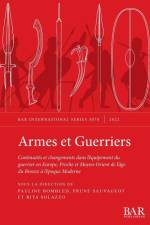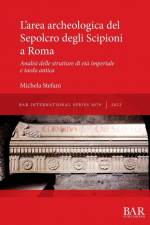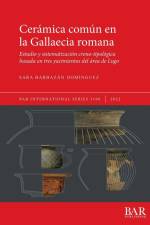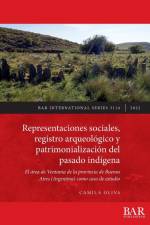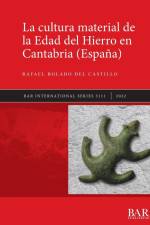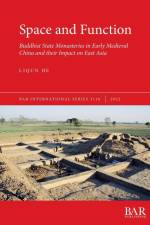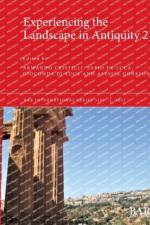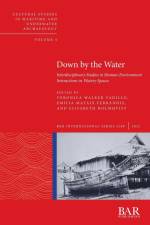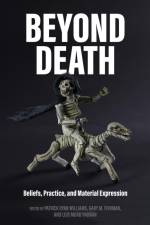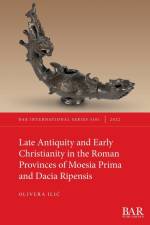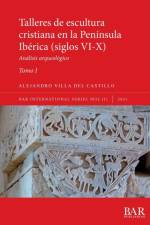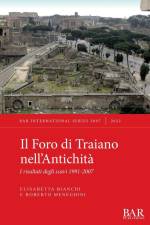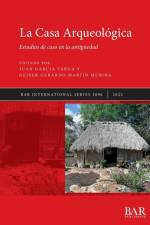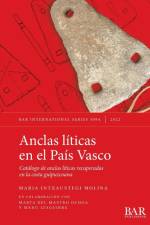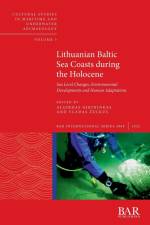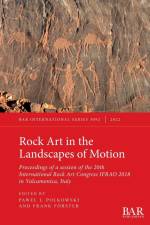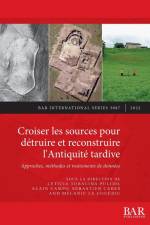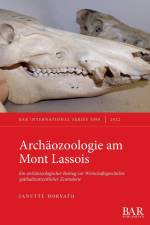av Geiser Gerardo Martín Medina
1 019
El volumen La Casa Arqueológica: estudios de caso en la antigüedad está compuesto de 18 artículos en los que se lleva a cabo el acercamiento a la realidad de la casa, el hogar como espacio físico, social, simbólico, a lo largo del tiempo y en diferentes contextos geográficos. Por lo tanto, es un enfoque transversal que se inicia en el Paleolítico, pasando por el Neolítico en Mesopotamia y en la Península Ibérica, modelos de Calcolítico y Protohistoria en Grecia y la Península Ibérica, mundo árabe y diversos modelos del continente americano: desde Cahokia, pasando por cazadores recolectores del norte de México, Teotihuacan y diversos modelos arqueológicos, etnohistóricos correspondientes a la cultura Maya. Se hacen propuestas metodológicas desde la perspectiva arqueológica y etnográfica, pasando por estudios arqueológicos de caso incidiendo en aspectos constructivos y cultura material asociada, con la reflexión teórica sobre las formas de acercamiento a esas realidades cotidianas que son los espacios domésticos y la diversidad de funciones.This volume discusses the reality of the archaeological house; the home as a physical, social, and symbolic space in different geographical contexts and time periods. Ethnographic and archaeological case studies are considered.Long version:This volume is composed of 18 articles in which the reality of the house is approached, the home as a physical, social space, symbolic, over time and in different geographical contexts. Therefore, it is a transversal approach that begins in the Palaeolithic, passing through the Neolithic in Mesopotamia and the Iberian Peninsula, Chalcolithic and Protohistoric models and the Arab world in Greece and the Iberian Peninsula, and various models of the American continent: from Cahokia, going through hunter gatherers from the north of Mexico, Teotihuacan and various archaeological, ethnohistorical models corresponding to the Mayan culture. Methodological proposals are made from the archaeological and ethnographic perspective, passing through archaeological case studies focusing on constructive aspects and associated material culture, with theoretical reflection on the ways of approaching those daily realities that are domestic spaces and the diversity of functions.

